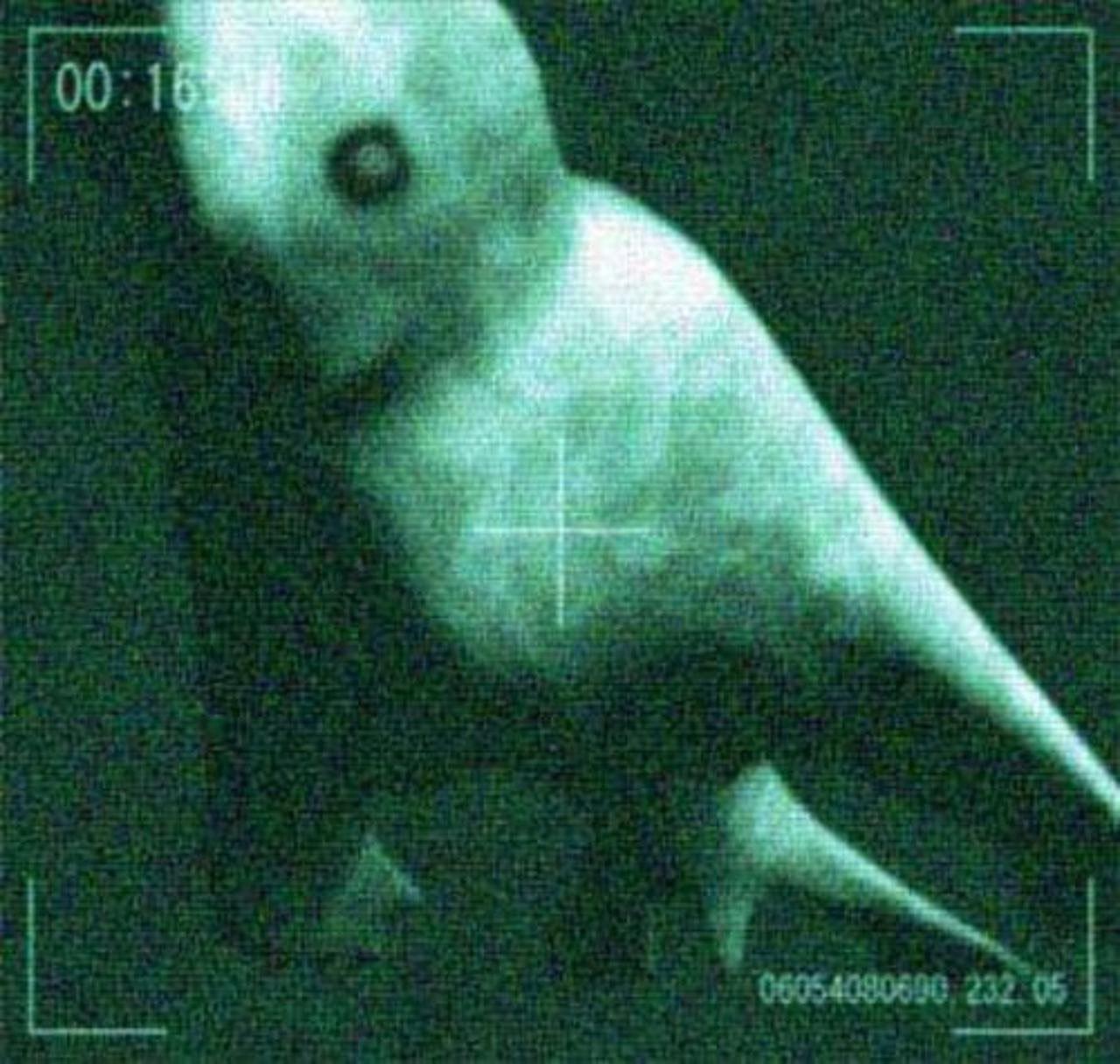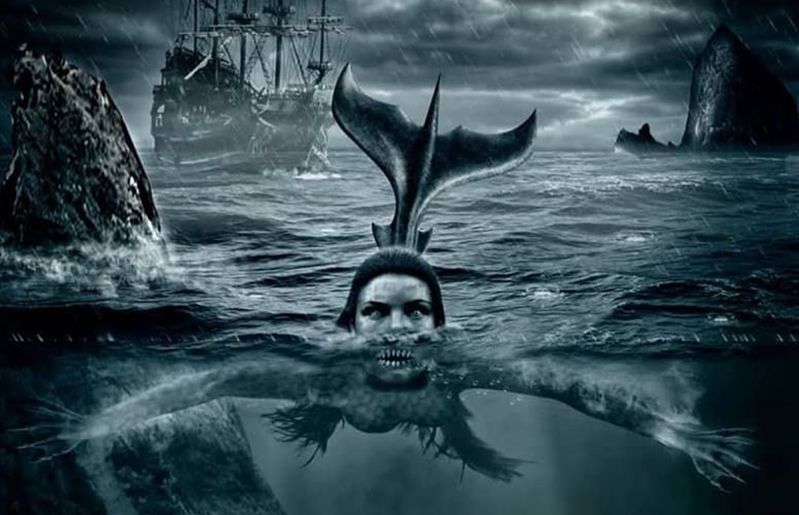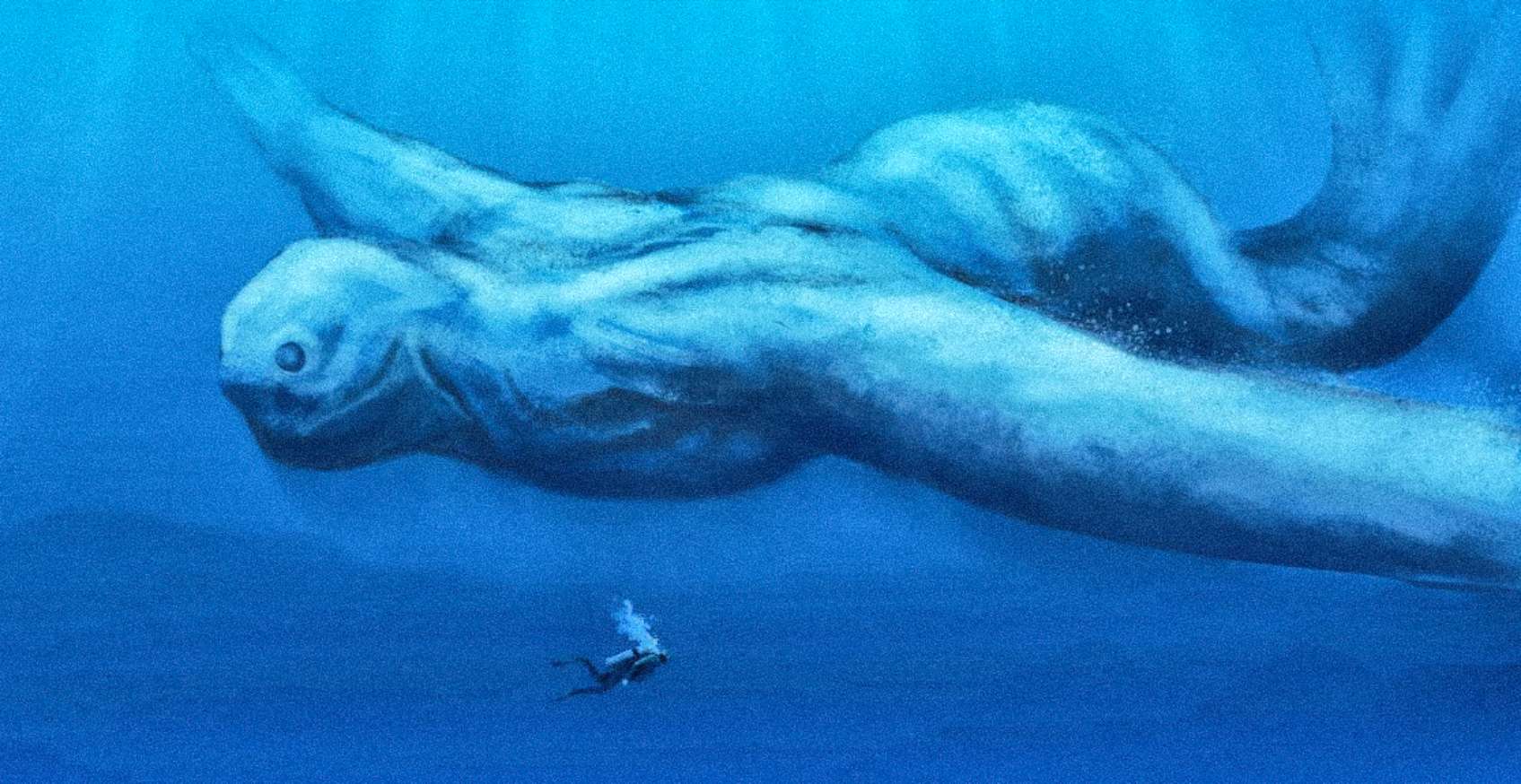Underwater inhabitants have been said to coexist alongside humans on the surface since the dawn of civilization.

Mainstream science, on the other hand, disputes this state of affairs, claiming that humans are the apex of biological development on Earth and that there can be no sentient ocean creatures. However, this might be incorrect.
Ancient stories of aquatic creatures of the Caribbean Sea

In ancient times, a big Mayan colony thrived in what is now the area of Belize, and there is evidence of cohabitation with representatives of the aquatic environment there, and there are some accounts that a conflict broke out between the Mayans and the ‘water dwellers’ in the first millennium BC.
The Mayan tribes, who were barred from fishing and gathering food on the seashore, declared the start of a war. The Mayans would have won the war and gained complete control of Belize’s coastal zone.
The stories are commonly presented as legends and myths, however, records of encounters with Mermaids or Icthyanders in this part of Central America stretch back much more. Spanish and Portuguese sailors, and subsequently Turkish and Dutch traders, wrote about these amazing aquatic monsters during the Middle Ages. These legends are also supported by the indigenous peoples of Belize and adjacent territories.
During the Caribbean crisis, Soviet sailors and troops spoke privately about experiences with strange men and women who went deep into the ocean, swimming and maneuvering rapidly.
Humanoid creatures with webbed fingers and toes began appearing in the nets of local fishermen in the late 1970s and early 1980s. Many people have questioned the lack of photos or bodies of these creatures, and the explanation given is that the cry of these underwater creatures sends people into a state of paralysis or stupor, similar to existing legends about the “Siren’s Song” in Greek literature, which allows the humanoid sea creatures tangled in the nets to escape back to the oceans.
In 2006, a local fisherman described witnessing a girl and a boy in the water. They swam to a depth of three meters (10 feet) at an unusual speed and then vanished into the depths. Almost half of the people who live along Belize’s shore and in neighboring nations have similar tales to tell.
In 2011, three fishermen tried to catch a strange boy they found underwater. They almost made it, but five men and three women came to the baby’s rescue underwater. Using their crying, they easily brought the child back.
Until 2018, these enigmatic sea creatures could be hunted lawfully. The country’s government issued a $1.5 million reward to anyone who could capture one of these mystery creatures, but this caused a slew of issues.
Fishermen and hunters frequently returned from their trips with shattered nets, wounds on their hands, and, in many cases, mild to severe hearing loss. Finally, in 2018, Belizean officials abandoned the plan to capture these species, opting instead to coexist peacefully with that underwater civilization.
However, hunters persisted in their endeavors, and a legislation was enacted to seize fishing equipment and licenses to put a stop to this. Instead of attempting to capture the animals, it was decided to photograph them, however, no clear image has been captured thus far.
The Fish Man
In 1679, sailors off the coast of Spain pulled a naked man out of the water. They scrambled to give him food and wine and asked him if he was in a shipwreck, but he could not speak. They brought him on land, where he immediately became sick, so he jumped back into the sea. He became known as the “Fish Man of Spain.”
In another version of this story, the “fish man” was a teenage boy who was ordered to dive for treasure in the ocean and never emerged, so everyone assumed he drowned. Five years later, sailors rescued him from the sea. The people in the town recognized him, so they brought him home to his mother’s house. He had such a difficult time adjusting back to life on land that he left to live in the water again.
The Ningen – a Japanese cryptid

Over the past few years, rumors have circulated in Japan about the existence of some arctic humanoid life forms inhabiting the icy waters of the Antarctica. Reportedly observed on multiple occasions by crew members of government operated whale research ships, these so called “Ningen” are said to be completely white in color, with an estimated length of twenty to thirty meters.
Eye witnesses described them as having a human like shape, often with legs, arms and even with five fingered hands. Sometimes they’re described as having finns or large mermaid like tail instead of legs, or even tentacles. The only visible facial features are the eyes and mouth.
According to one account, crew members on deck observed what they initially thought was a foreign submarine in the distant. When they approached, however, it became clear from the irregular shape of the thing that it was not manmade, it was a life. The creature quickly disappeared underwater.
Two videos claiming to show Ningen in underwater had been posted on Youtube. In any case, no convincing photographs have been made public, but this creature’s existence is very possible since Antarctica isn’t fully discovered along with the ocean.




